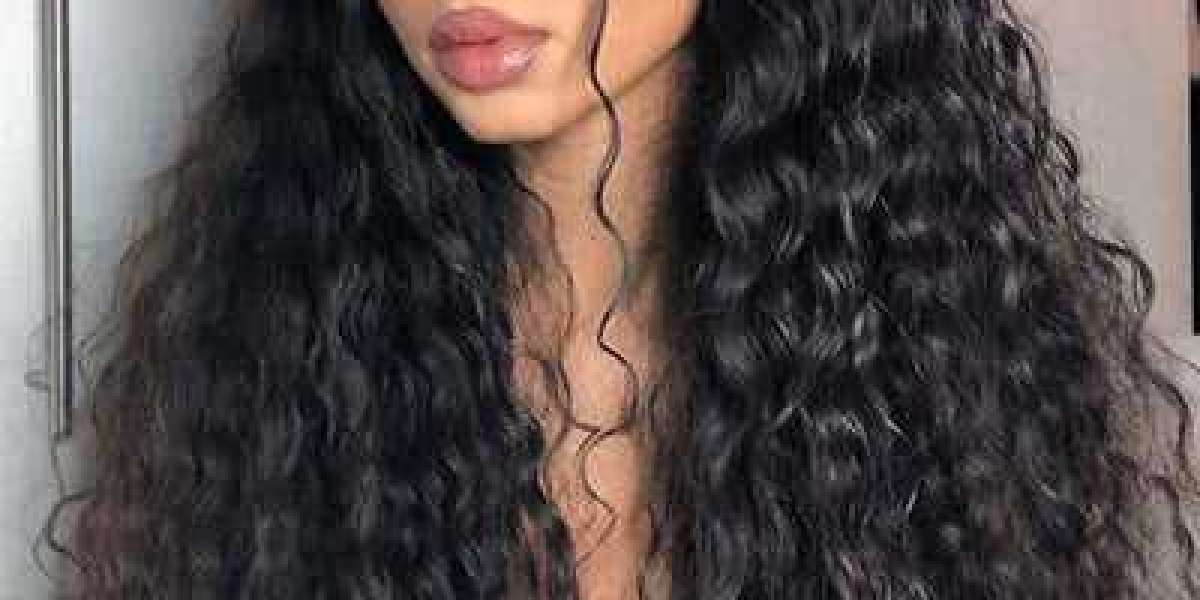If you are a wholesale hair vendor looking to offer hair toppers to your clients, it is important to understand the different base types available. The base is the foundation of the hair topper that the synthetic or human hair strands are attached to. Knowing the pros and cons of each base type will help you determine which ones are best suited for your wholesale business.
Lace Base
The lace base remains a popular option for hair toppers. With a lace base, individual hairs are tied through a sheer lace material to create a natural hairline. This allows the hairline to be customized for each client. Lace bases are also very light and breathable, meaning they will not overheat the scalp.
As a wholesale hair vendor, lace bases offer some key benefits. The ability to customize the hairline makes lace bases a versatile option that can work for a variety of clients. They are also comfortable to wear. However, there are a few drawbacks to consider.
The knots where the hairs are tied through the lace can be visible along the hair part. This may not provide the most realistic look. It also means lace bases require more time and effort during the production process as each hair must be tied individually. From a wholesale perspective, this increases costs. Lace bases also do not allow the part to be shifted once attached to the head.
Overall, lace bases provide a natural hairline but higher costs and visible knots are drawbacks for a wholesale business model. They are best suited for vendors targeting clients primarily interested in hairline customization.
Monofilament Base
The monofilament base uses a fine mesh material that hairs are tied through, rather than individual knots. This hides the knots fully for a very realistic look. It also allows the parting to be shifted freely for different styles. As a result, monofilament bases provide excellent versatility.
In terms of production, monofilament bases are faster to make than lace bases since the mesh material means knots do not need to be tied individually. This significantly reduces costs, an important factor for hair wholesale vendors. They are also very durable and comfortable to wear.
However, the monofilament material is less breathable than lace. It can also be more noticeable on the scalp than a lace or silk base for clients with very fine hair. The part also cannot be as highly customized as a lace base. But overall, monofilament bases offer the best balance of affordability, versatility and realistic look for most wholesale needs.
Silk Base
A silk base uses a layer of silk fabric on the front hairline to provide the most realistic "scalp" look available. This fully conceals any knots or mesh for the most natural appearance. As a result, silk bases are extremely convincing and can be parted in any direction.
However, for hair wholesale vendors, silk bases have some downsides. They are the most expensive base type to produce due to the multiple material layers. They also tend to be warmer on the scalp in warm climates due to limited breathability. Positioning the silk base evenly can also be more difficult than other options.
While silk bases offer an unmatched realistic look, the higher costs make them less suitable for many wholesale business models. They are best targeted towards high-end boutique vendors where clients will pay top dollar for ultra-natural toppers. Mass market and budget-friendly vendors will find it difficult to profit from silk bases at scale.
In summary, monofilament bases provide the best blend of natural look, versatility, affordability and ease of production for most wholesale hair vendors. Lace bases work well for vendors focused on hairline customization. Silk bases are best for boutique vendors serving discerning clients willing to pay a premium. An assortment including all bases allows vendors to serve a variety of customer needs profitably.

Other Considerations for Hair Wholesale Vendors
Beyond base type, wholesale hair vendors also need to consider fiber type, parting options, and sizing when stocking toppers.
Human hair toppers obviously provide a more authentic look and feel but come at a higher cost than synthetic fibers. Vendors need to determine if clients will pay extra for human hair qualities. Parting options like monofilament allow versatile styling that synthetic fibers cannot always replicate.
Offering a range of base sizes is also important for properly fitting all customers. Common sizes range from 4x4 inches up to 10x10 inches. Both too small and too large a base can negatively impact the natural appearance and comfort of a hair topper.
Wholesale vendors must evaluate these factors based on their target client profile, pricing structure and desired profit margins. With the right product assortment focused on the popular monofilament bases, most vendors can successfully service hair topper customer needs at both individual retail and salon levels.
For businesses knowledgeable in hair accessories plus logistics and wholesale infrastructure, generic hair topper distribution represents a profitable product category with demand from hair replacement customers worldwide.



